
Practical Solutions | Low-Cost Street Paving Alternatives
Method I: Cast In-Situ Concrete Pavement
Materials: Plastic sheets – Portland cement – Sand – Coarse aggregate – Water – Superplasticizer additive
Tools: Static/Vibratory roller – Plate compactor – Concrete mixer
The first method explained is a flexible paving technique suitable for low volume (tertiary) rural roads. This method of construction, developed by a professor in the Indian Institute of Technology, has little to no maintenance needs and a lower initial cost than conventional flexible pavements. Below is a list of steps explaining this paving method (Pandey, 2005, 2006).
- The crown road cross section is adopted for this method, where a camber of 3% is implemented over the subbase compacted to 95%, as illustrated previously.
- According to the CBR (California Bearing Ratio) value, or the hardness of the compacted subgrade, a subbase may be necessary. If the surface hardness is equal to that of moist sand (CBR is higher than 5), this method can be constructed directly over it. In the case of the subgrade hardness being similar to farmland or moist clay (CBR is less than 4), a subbase is necessary. (The flakiness index, which is the percentage of aggregates that are flat and thin with respect to their length, should not exceed 30.)
- An edge restraint of bricks is used as a boundary on either side of the compacted subbase (Figure 1).
- Recycled plastic (polyethylene) sheets of thickness 0.49 mm are cut in widths of 75 mm – 100 mm and welded with heat to create cells with dimensions 150 mm by 150 mm and depth of 75 mm – 100 mm. This formwork is laid across the full width of the subbase (Figure 2).

Figure 1. Edge restraint
Source: Pandey, 2006
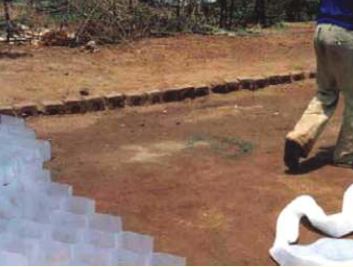
Figure 2. Formwork spread across subbase
Source: Pandey, 2006
There are three techniques that may be implemented for the construction of this method. The first technique described below requires the use of single size aggregates:
- After the plastic cell formwork is laid across the full width of the subbase, it is kept under tension and filled with single size aggregates and then compacted with a static or vibratory roller.
- Next a mortar of cement and sand is placed and vibrated into the voids by a plate compactor.
- The road may be opened to light traffic within 24 hours of construction completion.
The second technique of construction is appropriate when the percentage of flat and thin aggregates is high such that the flakiness index is higher than 30.
- After the formwork is stretched on the compacted subbase, it is filled with nominal concrete mixture with the ratio of 1 part cement: 1.5 parts sand: 3 parts coarse aggregate (stone chippings) with optimum moisture content from 6% – 8% (Figure 3).
- The concrete is then compacted by a plate compactor or 80 kilo Newton (kN) – 100 kN static/vibratory roller for faster construction (Figure 4).
- The concrete is then cured either through the spraying of water or through the use of wet straw, for two weeks. Light traffic of motorcycles and rickshaws can use the surface 24 hours after construction is complete.
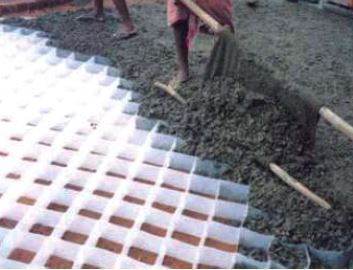
Figure 3. Concrete poured in plastic sheet formwork
Source: Pandey, 2006
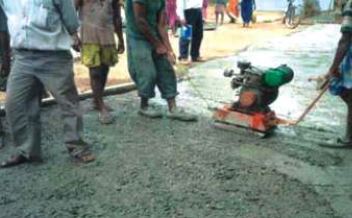
Figure 4. Compaction of concrete surface
Source: Pandey, 2006
The third technique of construction utilizes a standard concrete mixture, however is less favorable as it requires skilled labor for the plastic cell formwork.
- The walls of the individual cells of the formwork should have hemispherical indentations before they are filled so the blocks are interlocked as seen in Figure 5.
- Next, a standard concrete mixture with ratio of 1 cement: 2 sand: 4 coarse aggregate and superplasticizer additive (or high range water reducer, like sulphonated melamine formaldehyde condensate SMF, for example) is filled into the cells and compacted with a static or vibratory roller.
- The concrete is then cured either through the spraying of water or through the use of wet straw, for two weeks. Light traffic of motorcycles and rickshaws can use the surface 24 hours after construction is complete.
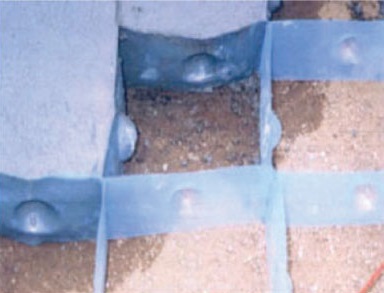
Figure 5. Hemispherical indentations in formwork
Source: Lehasa, 2012
Research conducted has shown that the strength of this method is three times that of bituminous concrete paving achieved with a thinner surface layer and has an expected life of 15 – 20 years requiring little to no maintenance. The cost of construction for this method was estimated to be around 150,000 EGP/km, 60% of the cost of traditional concrete roads (Pandey, 2006). Practically speaking, a 250 m long pavement, for example, would cost approximately EGP 40,500.
Method II: Interlocking Concrete Block Pavement
Materials: Portland cement – Sand – Coarse aggregate – Water
Tools: Screed boards – Vibratory roller – Plate/Manual compactor
This method is a flexible paving technique suitable for secondary and tertiary roads. After the crown road cross section is established with the subbase compacted to 95%, the process of installation of the concrete blocks can begin. Below is a list of steps explaining this paving method (ICPI, 2014).
- 1.Firstly, the precast curb blocks are placed on the compacted subbase as an edge restraint as shown in the section below (Figure 6). Either sand or a mixture of cement mortar with 1 part cement: 6 parts coarse sand is used as a seal between the curb blocks and the compacted subgrade using a plate or manual compactor.
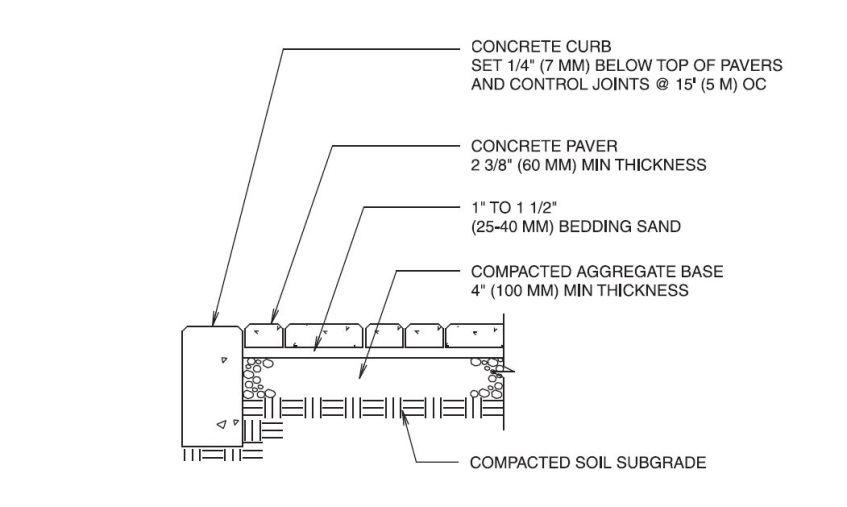
Figure 6. Interlocking concrete block pavement cross section
Source: Ideal, n.d.
- 2.Next, a layer of sand bedding (with optimum moisture content from 6% – 8%) is placed with initial thickness of 25 mm – 50 mm and final thickness of 20 mm – 40 mm after compaction using a plate or manual compactor. The layer is evenly spread with the use of screed boards (Figure 7). It acts as the base course layer of the typical flexible road structure above the underlying compacted subbase.
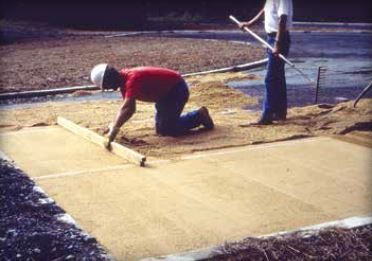
Figure 7. Spread of sand bedding with screed boards
Source: ICPI, 2014
- 3.After this, the blocks are ready to be laid out ensuring the bedding of sand is not stepped on. They come in different shapes and colors, and the pattern used for the blocks can vary, for rectangular blocks the most efficient pattern used is the 90-degree herringbone as it performs better under traffic loads (Figure 8).
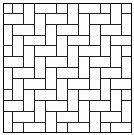
Figure 8. 90-degree herringbone block pattern
Source: Ideal, n.d.
- 4.The process of laying the blocks should start at the lowest point along the curb and move inwards towards the centerline with tight spacing between the pavers of no more than 3 mm (Figure 9).
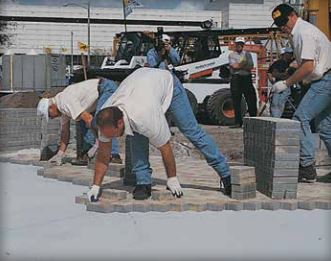
Figure 9. Laying of interlocking blocks
Source: ICPI, 2014
- 5.After the laying of the blocks is complete, compaction is implemented with a vibratory roller or a vibrating plate compactor. The plate compactor must pass over the surface at least twice (Figure 10).
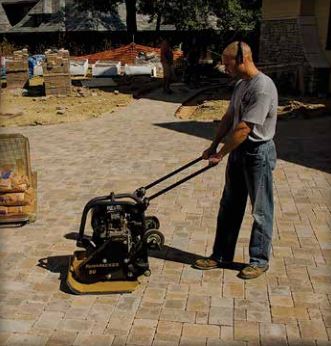
Figure 10. Compaction of interlocking blocks
Source: ICPI, 2014
- 6.The final step is spreading sand over the surface and using a plate compactor to ensure the sand has efficiently filled the voids between the blocks.
This method can be open to traffic immediately after installation is complete and does not require skilled labor or sophisticated equipment. It also allows for easy access to underground utility networks without damage to the pavement, as well easy maintenance when required. The cost average is 40-55 EGP/m2 (European Concrete Technologies, personal communication, 2014). Thus paving a 250 m2 area would cost approximately EGP 12,000 – considerably more cost effective than the use of asphalt.
Method III: Dirt/Earth road
Materials: Clay – Sand – Silt – Water
Tools: Plate compactor
The third method explained is constructed entirely with locally available earth material when lacking alternatives. It is labor intensive and does not require any additional costs of material or special equipment. Below is a list of steps explaining this paving method (Kumar, 2014).
- On the compacted subgrade, a camber of 6% is achieved as opposed to the typical 3% to increase natural drainage and ensure the least amount of moisture is present to prevent damage of the surface layer.
- For the base course layer, the material properties should be as follows: clay < 5%, silt 9% – 32%, sand 60% – 80%, and exhibit medium plasticity (liquid limit < 35% and plasticity index < 6%), meaning the mixture shows clay-like characteristics.
- For the surface layer, the properties should contain the following content, similar to the base course layer: clay 10% -18%, silt 5% – 15%, sand 65% – 80%, and exhibit medium plasticity (liquid limit <35% and plasticity index 4% – 10%), meaning the mixture also shows clay-like characteristics.
- The first layer is spread to a thickness not exceeding 100 mm, to enable efficient compaction using a plate compactor, to the required 95% and should then be evenly sprinkled with water.
- A second 100 mm thick layer can then be placed on top of the first to act as a wearing layer and should be compacted to 95% using a plate compactor as well (Figure 11).
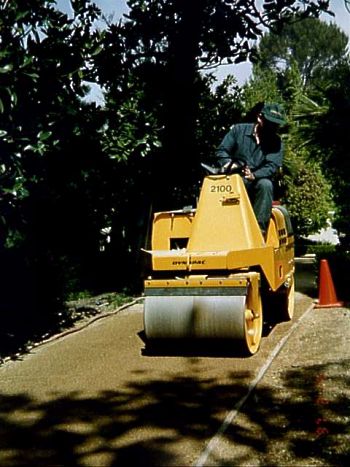
Figure 11. Compaction of surface layer
Source: Soil Stabilizer, Asphalt Alternative, Cement Alternatives, n.d.
- The road should be well watered for a period of four to five days before it can be opened to traffic; after which the surface is sprinkled with water for a subsequent 1-10 days (Figure 12).
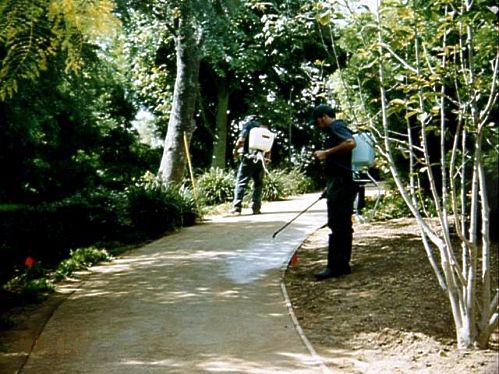
Figure 12. Curing of dirt road
Source: Soil Stabilizer, Asphalt Alternative, Cement Alternatives, n.d.
The key for maintaining a dirt road is proper drainage and the immediate removal of excess moisture.
Works Cited and Images
Ideal. (n.d.). A contractor’s guide to installing interlocking concrete pavers. Link
Interlocking Concrete Pavement Institute (ICPI). (2014).Tech Spec 2: Construction of Interlocking Concrete Pavements. Link
Kumar, S. (2014). Steps for Construction of Earth Roads. Link
Lehasa, L. (2012). An investigation on underground transport roads and influence on safety and productivity at Khutala Colliery. Journal of the Southern African Institute of Mining and Metallurgy, 121 (4). Link
Pandey, B.B. (2005). An innovative pavement for rural roads. Grameen Sampark. Link
Pandey, B.B. (2006). Low Cost Concrete Roads for Villages. Grameen Sampark. Link
Pandey, B.B. (n.d.). Cell-filled Concrete pavement [PowerPoint Slides]. Link
Soil Stabilizer, Asphalt Alternative, Cement Alternatives. (n.d.). Link









Comments